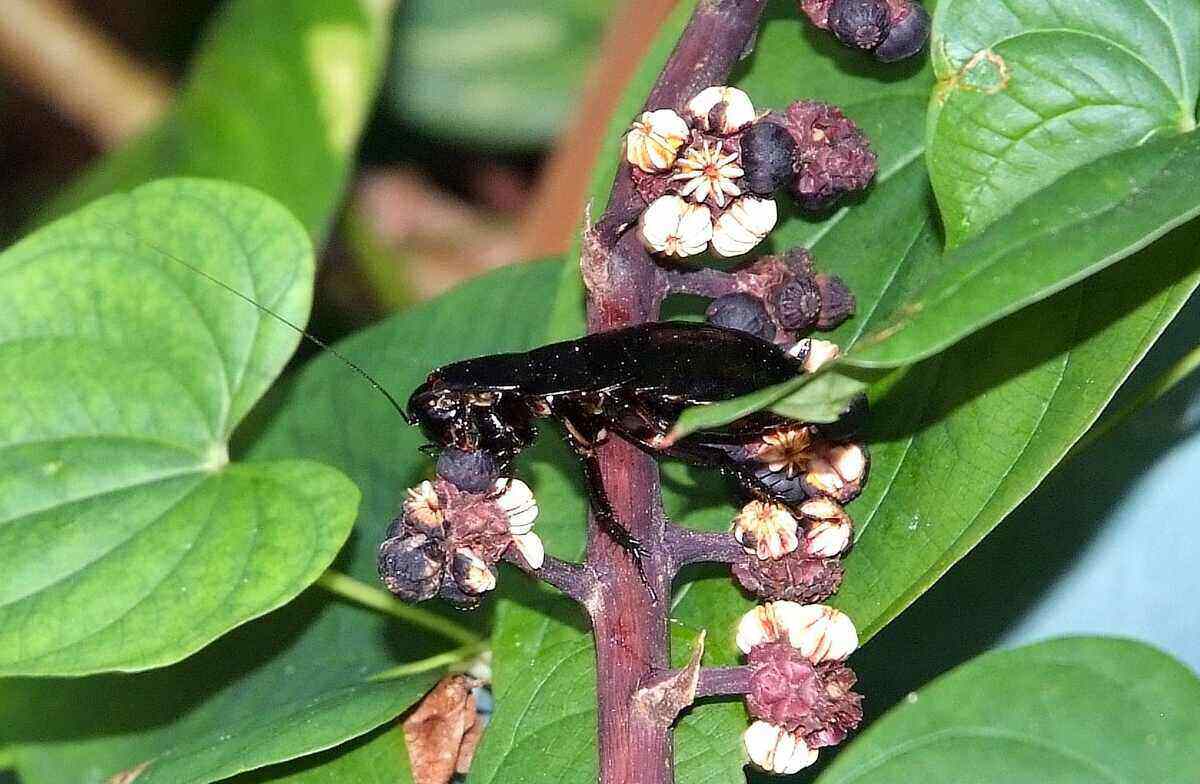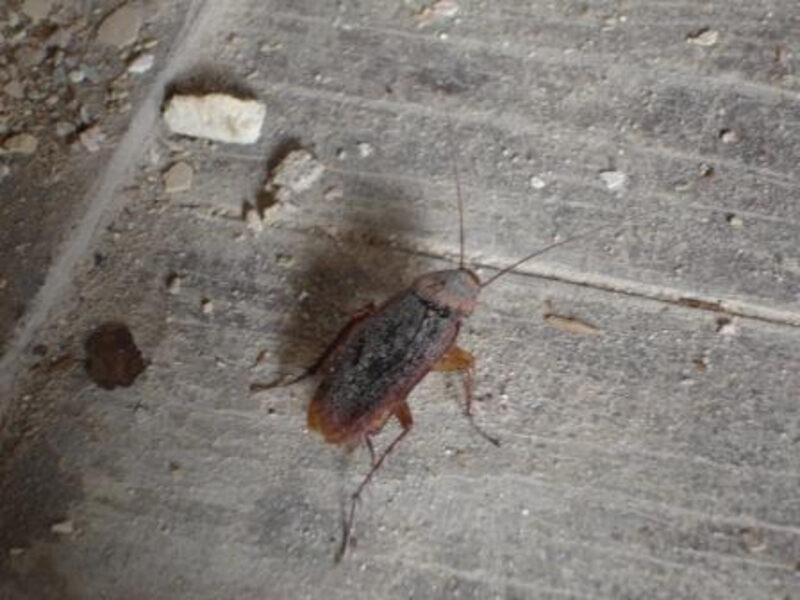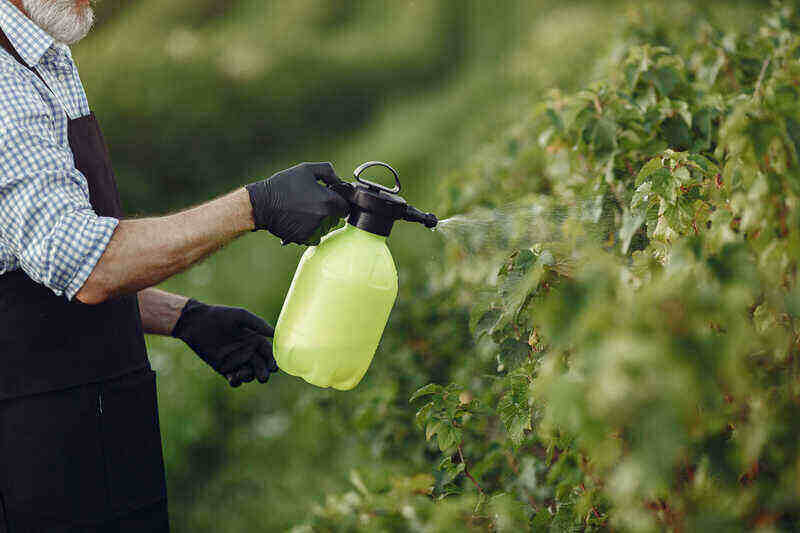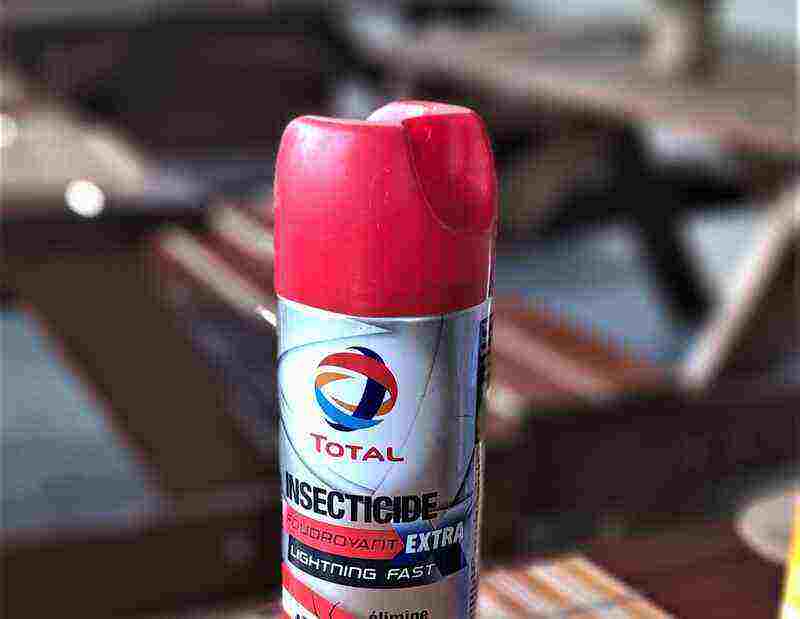
If a fellow Floridian tells you, “Don’t worry, it’s only a palmetto bug, not a cockroach,” don’t be fooled. Palmetto bugs are cockroaches. So if you have a palmetto bug problem, you also have a cockroach problem. We’ll show you how to get rid of palmetto bugs in Orlando so you can finally have peace of mind.
Palmetto bug is a general term used to describe several species of cockroaches in the Southern United States, most commonly the American cockroach and Florida woods cockroach.
Palmetto bugs run amok indoors and outdoors, and they can be stressful for people trying to enjoy their Orlando home. After all, who wants to find a palmetto bug snacking at the dinner table or taking a dip in the pool?
How to Get Rid of Palmetto Bugs
The best way to tackle a palmetto bug problem is to adopt an Integrated Pest Management (IPM) plan that combines chemical treatments and prevention strategies. You can’t rely on chemical insecticides alone; otherwise, the palmetto bugs will keep returning.
Step 1: Determine Hiding Spaces

Before you start treating your yard and kitchen for palmetto bugs, you need to determine where these bugs might be hiding. Palmetto bugs like to hide inside sheltered, moist places during the daytime, such as:
- Cracks and crevices
- Cabinets
- Baseboards
- Behind refrigerators
- Drains
- Compost piles
- Old tree trunks
- Leaf piles
- Wood piles
- Garbage cans
- Mulch
So how can you find where these bugs are hiding? Place sticky traps where you suspect a palmetto bug infestation. If palmetto bugs get stuck in the traps, this area of high activity may point to their hiding spot.
Step 2: Pick Your Pesticide

Now that you know where palmetto bugs are likely hiding, it’s time to pick their poison.
There are many pesticides on the market labeled for cockroach control. Do not attempt to control cockroaches with a pesticide labeled for a different pest. (Remember, palmetto bugs are cockroaches.) Doing so is a misuse of the product, illegal, and can be dangerous.
Pesticide options for palmetto bugs include baits, dusts and powders, and Insect Growth Regulators (IGRs). For best results, consider a combination of the following:
Baits
Baits come in many forms, including bait stations, gels, and granules. Palmetto bugs consume the bait (they think it’s food), and the slow-acting insecticide eventually kills them. Bait does not provide immediate results, but it’s an essential part of long-term roach control.
Bait stations are small plastic units that come pre-filled with bait. Some bait stations can be refilled with gel or granules when the bait runs out. Bait stations are popular among homeowners because they are often tamper-resistant, which means children and pets are less likely to have exposure to the insecticide. Place bait stations where you suspect palmetto bug activity.
Apply gel bait between cracks and crevices where palmetto bugs may be hiding. However, do not apply the gel bait near food prep areas.
Refill bait stations with bait granules or sprinkle the granules in mulched areas outdoors.
Dusts and Powders
Dust and powder insecticides are a slow-acting, long-term solution to palmetto bug control. Boric acid is the most common active ingredient in dust and powder insecticides labeled for roach control.
Here’s how it works: When the pest walks through a light layer of the boric acid, the dust clings to its body. When the cockroach later grooms itself, it consumes the insecticide and dies.
Here are some tips on controlling palmetto bugs with insecticidal dusts and powders:
- Do not use boric acid outdoors (it’s highly toxic to plants).
- Boric acid is not a repellent. Palmetto bugs may still access the area where the dust is applied.
- Boric acid should not get wet, another reason why it’s best used indoors.
- Apply insecticidal dust in hidden, enclosed areas, such as under refrigerators and stoves.
- Do not apply insecticidal dust in open areas, such as shelves.
- Do not apply insecticidal dust to food preparation areas, such as counters.
- Always read and follow the pesticide’s labeled instructions to ensure safe application and storage.
Pro Tip: Diatomaceous earth is another popular insecticidal dust. It’s an eco-friendly insecticide that dries out the pest’s exoskeleton and ultimately kills it.
Insect Growth Regulators
Insect Growth Regulators disrupt the development of palmetto bugs in their early life stages. Their long-term use eventually controls an infestation by halting successful reproduction in adult palmetto bugs. IGRs pair well with bait treatments.
Step 3: Remove Food Sources

If crumbs on the kitchen floor tempt palmetto bugs, your bait stations will be of little use. If you want palmetto bugs to fall for the bait, they can’t depend on other food sources.
Here are some simple ways you can remove their midnight snacks both inside and outside:
- Keep the kitchen sink clean (that means no dirty dishes).
- Sweep crumbs off the floor.
- Mop up food spills.
- Wipe down the kitchen counter after preparing food.
- Wipe down the dining table after eating food.
- Store food in airtight containers.
- Seal trash cans and compost bins.
- Store outdoor trash cans and compost bins far from the house.
- Remove decaying organic matter from the yard, such as leaves and tree stumps.
- Store pet food away at night.
Step 4: Remove Water Sources
As palmetto bugs search for their food, they need to quench their thirst. Removing water sources can help make your home and yard less attractive to these wandering pests.
- Fix broken pipes and leaking faucets.
- Store pet water bowls away at night.
- Remove water from empty buckets and flower pots.
- Remove birdbaths.
- Fix moisture problems in the attic and basement.
- Repair water-damaged wood.
- Clean clogged rain gutters.
Step 5: Remove Shelter

Where are palmetto bugs hiding in and around your home? They typically enjoy moist, dark spaces where they can take shelter. Removing potential hiding spots can help deter reinfestation.
- Store firewood away from the house.
- Remove debris from the yard, such as brush piles.
- Seal up cracks and crevices where palmetto bugs might hide.
- Repair water-damaged areas.
- Seal trash cans and compost bins.
Step 6: Exclude

Once you’ve targeted the palmetto bugs with pesticides and removed their food, water, and shelter, the next step is to prevent them from sneaking into your home.
Here’s the thing about palmetto bugs and cockroaches–– they have this nifty superpower where they can squeeze through crevices as small as a quarter of their height. Sealing cracks and crevices with caulk is an excellent way to block entry points.
Here’s another tip: Install door sweeps to prevent palmetto bugs from slipping through the gaps.
Insecticide sprays also help keep palmetto bugs at bay. If you’ve eliminated a palmetto bug infestation and don’t want them to return, applying sprays around the home can prevent them from entering. Remember to combine the sprays with other IPM techniques, such as food removal, water removal, and exclusion.
Don’t apply sprays in areas where you’ve set up bait. Otherwise, the sprays will repel the palmetto bugs from the bait.
Some sprays can kill palmetto bugs on contact. What’s that scurrying across the floor? You can strike the palmetto bug with an appropriately labeled pesticide spray.
Caution: Do not apply sprays on food prep surfaces. Always read and follow the pesticide’s labeled instructions.
Step 7: Monitor
With your armory in place, it’s time to see how the palmetto bugs respond to your call for battle. Are they eating from the bait stations? Is boric acid lowering their population?
An easy way to monitor the infestation is to place sticky traps where you suspect palmetto bug activity. If the palmetto bugs get caught in the sticky traps, you may need to wait a few more days for the bait and insecticides to take effect, or you may need to try a new strategy. Otherwise, the control measures are likely working if no palmetto bugs are in the traps.
FAQ About Controlling Palmetto Bugs
Palmetto bug is a regional term used to refer to various cockroach species in the Southern United States, particularly the American cockroach and Florida woods cockroach. When people describe a pest as a “palmetto bug,” they’re almost always referring to a cockroach.
Palmetto bugs don’t make good houseguests. They can get you sick by crawling on your food and passing along diseases and pathogens (such as Salmonella). They can also cause allergic reactions for some people and trigger asthma attacks.
If you notice the following signs of palmetto bugs in or around your home, it’s time to act fast:
Droppings: Palmetto bug poo is smaller than mouse poo. Palmetto bug droppings are typically rounded along the edges, while mouse droppings point at both ends.
Smear marks: Palmetto bugs leave behind brownish, irregular smear marks on walls and surfaces, particularly in areas with high moisture.
Musty odor: Some cockroach species emit a foul odor. This smell can be especially noticeable when the infestation is large.
Shed skins: Palmetto bugs shed their skin as they age.
Eggs: Palmetto bug eggs look like tiny brown beans.
Palmetto bug sightings: If you find a palmetto bug sneaking around your kitchen at night, there might be more hidden away.
When to Hire a Professional
Sometimes DIY methods are not suitable for a severe palmetto bug infestation. If your Orlando home or yard suffers from a severe infestation, call a pest control professional to tackle the critters for you. Enjoy your weekend basking by the pool while a local exterminator handles the job.
Main Image Credit: Cayobo / Flickr / CC BY-SA 2.0